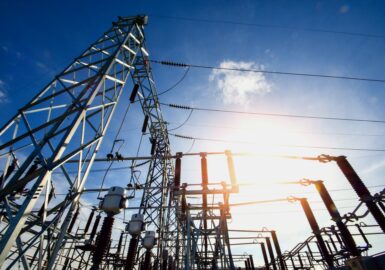The production and use of energy across economic sectors account for more than 75 percent of the EU’s greenhouse gas emissions. A rapid reduction in these emissions is necessary for the EU to reach carbon neutrality by 2050 and a 55 percent reduction in greenhouse gas emissions by 2030.
Energy efficiency is a key priority, together with the accelerated deployment of renewables.
Copper has a significant role to play in enabling the clean energy transition. Thanks to its excellent electrical and thermal conductivity, copper is used across the electricity system and in renewables – in windmills, power grids, solar panels, electric vehicles, charging infrastructure, building automation, energy storage, solar thermal, wastewater heat recovery, heat pumps and batteries.

Featured Resources

Revision of Ecodesign Regulation for Transformers (2024)

Revision of Ecodesign Regulation for Transformers (2023)

Revision of EU Electricity Market Design
European Copper Institute position on the Commission proposal The current situation where EU electricity prices…
Key Issues
Energy Efficiency in the EU
Energy efficiency is one of the key pillars for meeting the EU’s climate objectives. The “energy efficiency first principle” enshrined in EU law means taking utmost account of cost-efficient energy efficiency measures in shaping energy policy.
The Energy Efficiency Directive currently establishes a headline EU energy efficiency target of at least 32.5 percent for 2030. However, in July 2021, the Commission proposed raising the energy efficiency targets to achieve a reduction of 36 percent of final and 39 percent of primary energy consumption by 2030.
EU measures to promote energy efficiency also touch on buildings and energy consuming products. The EU legislative framework on Ecodesign sets mandatory minimum standards for the energy efficiency of products such as electric motors, power transformers and certain household appliances.
How does copper improve energy efficiency?
Copper has the highest electrical and heat conductivity of all non-precious metals. It is the conductor of choice for wires, cables and electrical equipment, making them more energy efficient.
All other things being equal, higher electrical conductivity means higher energy efficiency, or for the same efficiency, it means more compact designs. The compactness of copper conductors saves on other materials. Without copper, for the same efficiency, electrical equipment such as motors, transformers and cables would use 20 percent more materials.
Copper’s role in improving energy efficiency also extends beyond individual products. Through energy management and controls systems, copper wires and cables provide energy savings from installations and systems that are often orders of magnitude larger than savings at the product level.
Renewables in the EU
The increased deployment of renewable energy sources is key to achieving climate neutrality. This requires the development of a power sector that is mostly based on renewable energy sources.
The EU’s current target of achieving at least 32 percent renewable energy by 2030, as enshrined in the Renewable Energy Directive, is not enough to reach a 55 percent reduction in greenhouse gas emissions by 2030. This is why, in July 2021, the European Commission proposed to increase the EU’s renewable energy target to 40 percent by 2030.
The Renewable Energy Directive is the EU’s main legislative instrument to promote the deployment of renewables. It establishes common principles and rules to remove barriers, stimulate investments and drive cost reductions in renewable energy technologies.
The increasing deployment of offshore wind has been identified as a priority area where more needs to be done to ramp up deployment in Europe, while leveraging the EU’s leadership in this sector. In the strategy on Offshore renewable energy the European Commission sets ambitious targets for the growth of the offshore renewable energy sector in the EU, including the target of at least 60GW of installed capacity of offshore wind by 2030.
Increasing sector integration both between various energy carriers and with end-use sectors, such as buildings, transport or industry, is also required to decarbonise in the most efficient way. This will allow optimising the energy system as a whole, rather than making separate improvements in energy efficiency and the reduction of greenhouse gas emissions in each sector.
How does copper contribute to renewable energy systems?
Copper is used in renewable energy systems to generate power from solar, hydro, thermal and wind energy across the world. In many renewable energy systems, there is 12 times more copper than in traditional systems.
Learn more about copper’s contributions to renewable energy.
Table of Contents
Electricity Market Design
The copper production process is electro-intensive. Electricity is already the most important energy source for copper smelting and refining in Europe and its share is increasing as the sector decarbonises, given that increasing the use of fossil-free electricity is the main way for copper miners, smelters and refiners to reduce the GHG emissions from their operations.
The copper producers that the European Copper Institute represents in Europe have committed to a goal of reducing the scope 1 and 2 GHG emissions from their copper production to net zero by 2050. Access to competitively priced fossil-free electricity in sufficient quantity is a pre-condition for reaching this decarbonisation goal.
European power prices have risen dramatically in the recent past. Sustained high electricity prices have a direct impact on the competitiveness of the copper industry in the EU and its capacity to invest in decarbonization. Copper producers are price-takers on the global commodity markets – they cannot pass on cost increases brought about by unique circumstances in the EU to consumers without losing market share to producers who do not face the same costs.
The unpredictability of electricity prices is also impacting on the ability of copper producers to make investments.
Changes must therefore be made to the EU’s electricity market design to address the high cost of electricity for consumers and to ensure investment predictability. Steps should be taken to ensure that the price of electricity is no longer directly tied to the price of natural gas, for instance through the implementation of a price shock absorber mechanism that would apply in moments of extraordinarily high prices. At the same time, the deployment of additional fossil-free generation capacity must be accelerated and member states must be allowed to put support schemes in place to help energy-intensive industries in the EU remain competitive until new decarbonized electricity generation capacity is deployed.
For more details on ECI’s position on EU Electricity market design, see:
ECI position paper on Electricity Market Design (February 2023)
Revision of Eco-Design Regulation for Transformers
The EU Green Deal aims to establish a general reduction of final energy demand in the decades to come, combined with a shift towards electricity as the main energy carrier. Materializing this ambition will require further efforts to increase energy efficiency, notably in the electricity grid and its applications. In an electricity generation mix dominated by renewables, increasing energy efficiency translates into savings of material and land use for generation infrastructure as well as for transmission and distribution networks.
Given the increasing share of electricity in final energy demand and its importance in heating and transport, transformers with an increased capacity at limited cost and with minimal size and weight are needed.
The circular economy is a key pillar of the EU Green Deal. The use of materials must be optimised, both by limiting their quantity and by improving their circularity (design-for-recycling).
Taking the above considerations into account, ECI recommends the following measures:
Strengthen the Minimum Energy Performance Standards (MEPS) of transformers while introducing material efficiency requirements (MMPS). The optimal level of energy performance for transformers should be assessed, while at the same time making sure that the potential new Tier 3 requirements following this assessment do not lead to excessive use of materials.
Allow flexibility in design. Together with the free choice of active materials, flexible design strategies should be permitted. These strategies create an additional degree of freedom in design, making it easier to respond to MEPS and MMPS requirements, They include approaches such as the Peak Efficiency Index (PEI) in distribution transformers and concepts such as the Sustainable Peak Load (SPL) transformer in less loaded networks.
Promote the lowest life cycle cost at the system level. Allow transformer owners to make the best decision on the optimal transformer design considering both their expected load profiles and their additional investment costs in substation and cables. In the case of regulated utilities, a harmonised approach should be implemented by National Regulatory Authorities to minimise net societal costs (lifetime capex + opex).
Introduce Design-for-Recycling Requirements. Material efficiency should not stop at the manufacturing phase (setting a limited use of materials), but it should also include the end-of-life, to ensure the reutilisation of raw materials with minimum downcycling. This requires a design and material choice that aims at easy dismantling and recycling.
For more details on ECI’s position on the revision of Eco-Design Regulation for Transformers, see:




